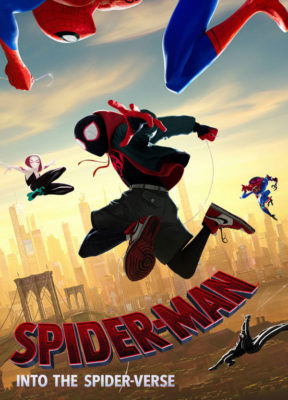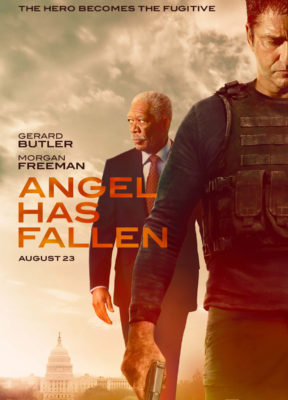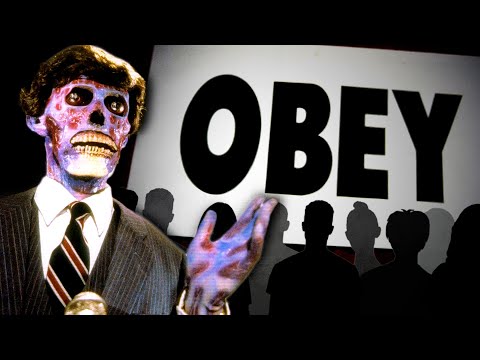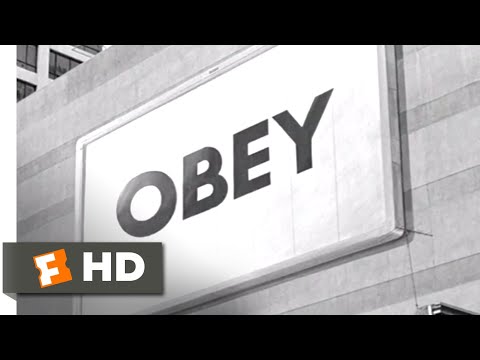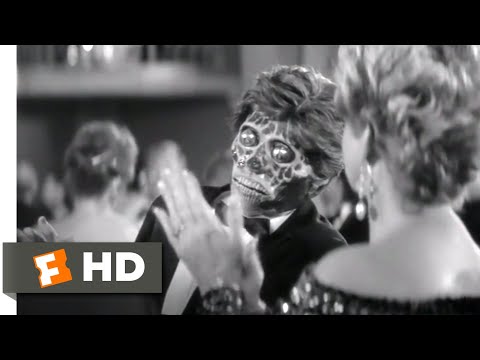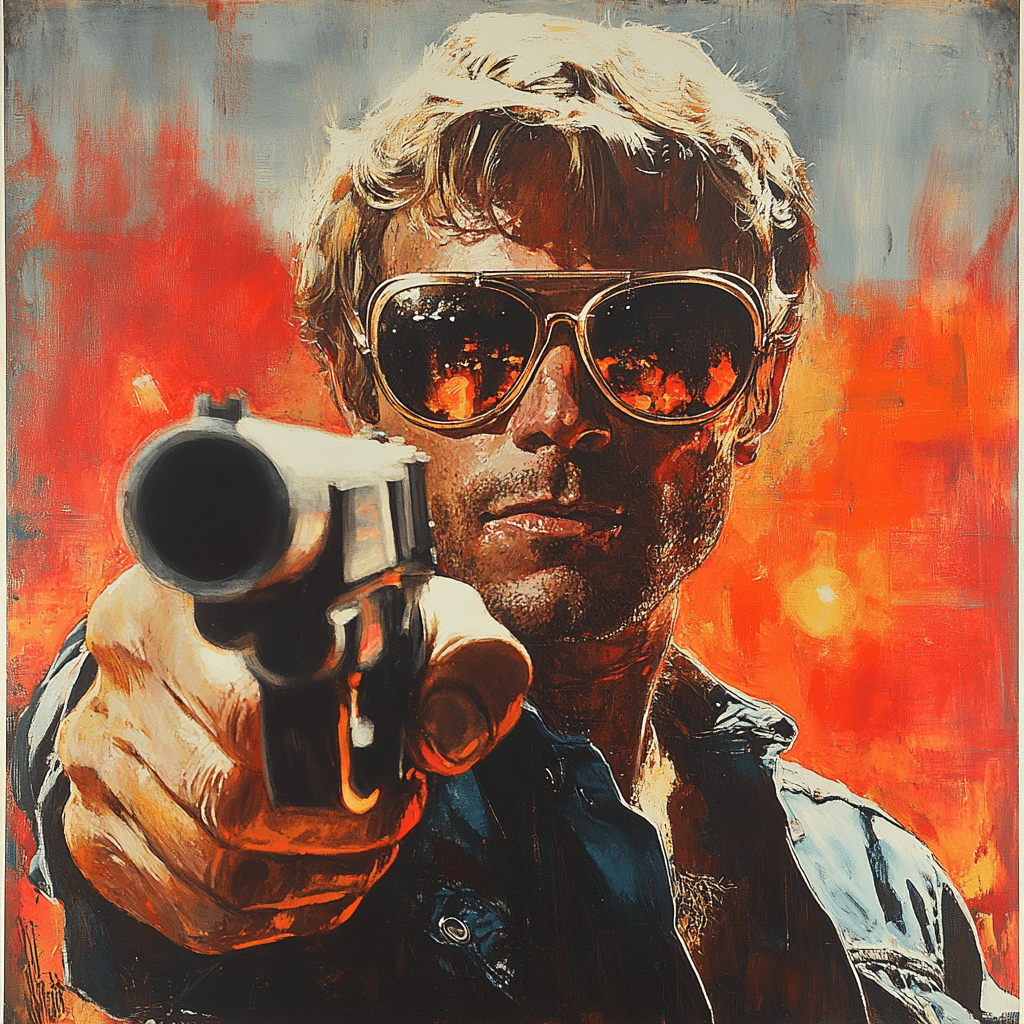
John Carpenters They Live The Chilling Truth Behind Its Message
John Carpenter’s They Live is much more than just a cult classic of the 1980s; it’s an incisive commentary that feels hauntingly relevant in 2024. This film, loaded with satire and social critique, taps into themes that are unnervingly pertinent to today’s socio-political landscape. Let’s dive into the seven critical themes embedded within Carpenter’s work, demonstrating how they echo through current societal issues and our everyday lives.
## John Carpenter’s They Live: The Chilling Truth Behind Its Message
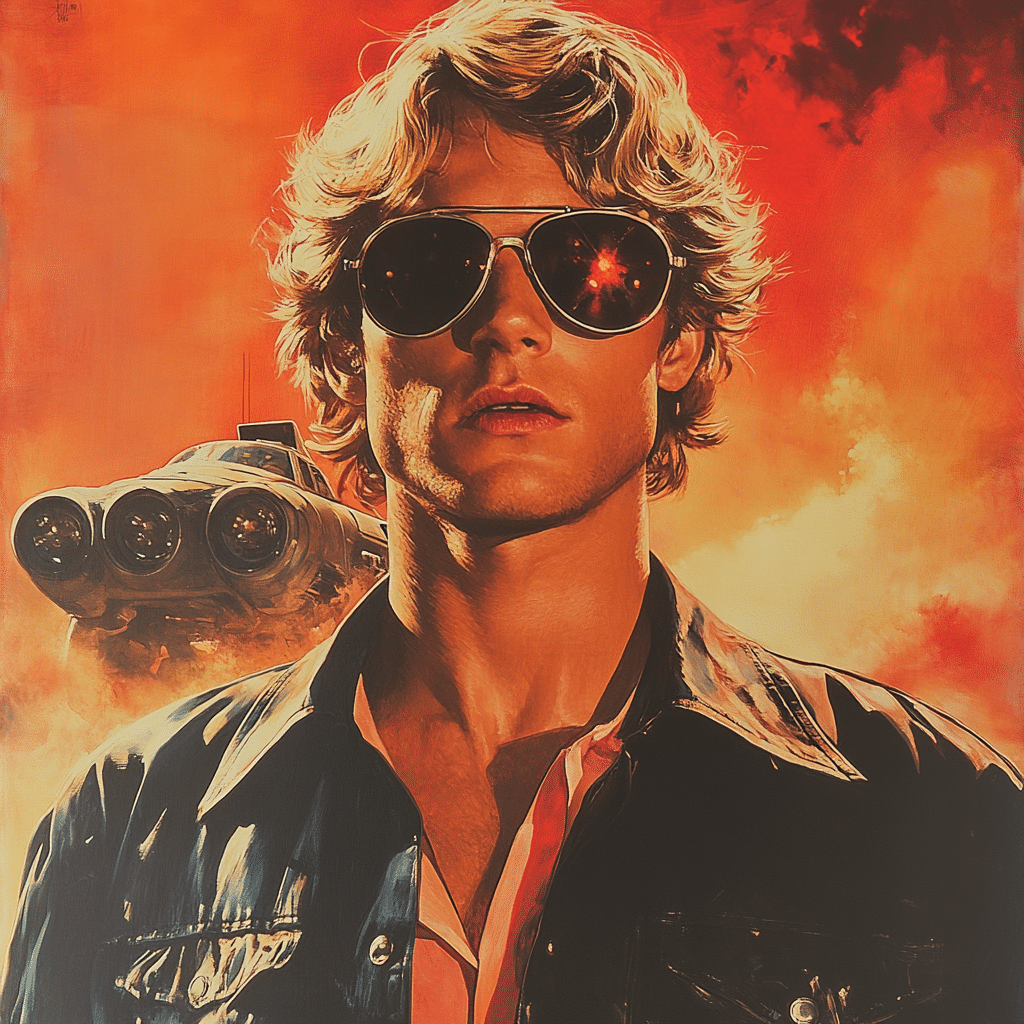
1. Consumerism and Control
One of the most striking messages of They Live revolves around rampant consumerism. The aliens in the film manipulate humans through advertising and media, a concept that resonates deeply today. Just think about how influencers bombard us with lifestyle brands. For instance, the lyrics of Taylor Swift’s “Down Bad” capture this societal pressure beautifully; it’s all about chasing a curated existence, echoing the film’s portrayal of individuals as mere puppets in a larger scheme.
A Reality Check
While the aspirational lifestyle promoted in pop culture might be appealing, They Live forces us to ask, at what cost? Each year, more people find themselves ensnared in the web of consumerism, where choices feel dictated rather than freely made. It’s high time to question who really benefits from our buying habits—are we the masters or merely the marionettes?
2. The Illusion of Choice
Carpenter warns viewers about the illusion of choice in modern society. The residents of Los Angeles in They Live believe they’re making choices freely, yet they’re puppets in a larger scheme. It mirrors the message in Katy Perry’s “Woman’s World,” which, despite its empowering tone, often commodifies femininity. Women today navigate a landscape where autonomy seems more like a mirage, much like the quote from the film urging viewers to open their eyes.
Freedom or Facade?
While we pride ourselves on our freedom of choice, it’s a flickering candle in a whirlwind. The pervasive nature of corporate interests means that even our personal choices can often feel preordained. The film forces us to examine whether the paths we think we’ve chosen truly belong to us.
3. The Power of Awakening
The film’s iconic phrase, “I have come here to chew bubblegum and kick ass,” epitomizes the awakening of the protagonist, Nada. This theme of awakening holds relevance today as many start to question social realities. Much like the critical conversations emerging in pop culture debates such as Baddies Caribbean Reunion, we find ourselves diving into discussions that challenge the norm.
Questioning Reality
The film serves as a catalyst, urging viewers to challenge their perceptions. In today’s fast-paced world, where surface appearances often mask deeper issues, the need to awaken becomes increasingly paramount. The question remains, will we kick ass or stay blissfully ignorant?
4. Media Manipulation
In They Live, the media serves as both villain and tool, illustrating how messages can be manipulated to perpetuate ideologies. A similar lens applies to reviews like Bob Marley: One Love, which can sometimes gloss over divisive topics while promoting an apparent unity. This reflects a larger need to engage with media critically, as the truth can easily be cloaked in euphemistic language.
A Discerning Eye
The film exposes how narratives can shape perceptions and influence opinions. Just like any product of popular media, They Live reminds us to listen actively and question what we consume. Today’s influencers and media outlets often blur the lines of truth.
5. Class Struggle and Inequality
Carpenter’s film starkly portrays a divide between the elite and the destitute, presenting a reality that many face today. The growing wealth inequality we witness today echoes the film’s ideas clearly. The stories surrounding Taylor Swift’s presence in platforms like Fortnite extend this conversation on privilege while showing stark contrasts in economic realities.
The Chasm Widens
As conversations about class struggle permeate our lives, the parallels with They Live compel us to look deeper. The financial challenges faced by so many resonate hard against the glitz and glamour highlighted in popular culture, demanding our attention and action.
6. Resistance Against Oppression
The central characters in They Live embody a spirit of resistance, an essential element in a world keen on keeping its populace subdued. This theme resonates intensely with various movements advocating for social justice today. The film acts as a vital reminder that dissent holds immense power; it’s a clarion call against oppressive structures.
Marching Forward
As activists rally for change and awareness, they echo the defiant spirit portrayed in Carpenter’s work. Whether through art, protests, or social media presence, resistance can manifest in various forms, reminding the public that the fight for justice is timeless.
7. Friendship and Loyalty
Finally, the bond between Nada and his friend Frank illustrates the significance of loyalty amidst despair. In our increasingly digital age, this genuine connection stands in stark contrast to isolation often exacerbated by social media. Just like the camaraderie displayed in Baddies Caribbean Reunion, They Live emphasizes that true friendship is critical as we navigate our tumultuous paths.
Unbreakable Bonds
In a culture where likes and followers can sometimes overshadow true relationships, They Live emphasizes that real loyalty and friendship can be a refuge from chaos. It’s a reminder that we grow stronger together, not apart.

Rediscovering the Relevance of John Carpenter’s They Live
In reflecting on the lasting impact of They Live, it becomes clear that its themes resonate powerfully with contemporary society. Issues surrounding consumerism, media manipulation, and class struggle keep the film alive, asserting it isn’t just a relic of the past but a critical commentary on our current reality.
As we traverse a complicated environment filled with conflicting narratives, Carpenter’s work challenges us to look beneath the surface beyond pixelated screens and curated feeds. In a time marked by upheaval and awakening, They Live serves as a clarion call against the subtle powers shaping our understanding of truth and control. Each glance at media or confrontation with societal norms encourages us to question realities, resist conformity, and, indeed, kick ass.
Overall, John Carpenter’s They Live remains a profound socio-political mirror, reflecting our present while warning us not to fall prey to the whims of collective ignorance. It urges us to act consciously, fostering a world where we aren’t just participants but vigilant critics of our life stories.
The Chilling Truth Behind John Carpenter’s They Live
A Classic with a Message
John Carpenter’s They Live isn’t just a cult classic; it’s a scathing critique of consumerism and social control. Released in 1988, the film’s famous line, “I have come here to chew bubblegum and kick ass,” has transcended generations, becoming a staple in pop culture. Interestingly, the film was inspired by a short story by Ray Nelson called “Eight O’Clock in the Morning,” but Carpenter infused it with his own, distinct flair. The film’s striking visuals were also amplified by the memorable cinematography of Gary Kibbe, a lesser-known gem in a field often overshadowed by bigger names. Speaking of lesser-known, did you know that actor Roddy Piper originally wanted to be a professional wrestler and broke out in the ring much like Funtime Chicas adventures in its own bizarre universe?
Behind the Scenes
The production of They Live was not as straightforward as it seemed. During filming, Carpenter and his team utilized some innovative effects technologies, and the famous fight scene between Piper and Keith David wasn’t just an ordinary brawl—it lasted a whopping five minutes! That intensity mirrored the chaotic satirical tone of the film’s message, exploring the themes of conformity and control. Fun fact: David, the actor behind the cop, was just one of many involving notable talents that included Debbie Allen, who had her share of iconic roles that resonated in Hollywood.
Cultural Impact and Legacy
Though They Live didn’t achieve astronomical success upon release, it has grown into a cult phenomenon, often hailed for its lasting relevance. Critics have drawn parallels between the film’s themes and today’s societal issues, which shows how Carpenter’s work echoes far beyond its initial run. Interestingly, the film even has a connection to the quilt-making world through the Missouri Star quilt company, which crafted iconic patterns reminiscent of the film’s bold visuals. And let’s not forget the memorable soundtrack, which helped set the tone for the entire experience. The signature score by Carpenter enhanced the unsettling atmosphere, akin to how the gaming title Waltz Of The Wizard creates enchanting yet eerie moments.
In a way, They Live combined a critique of the ordinary with the surreal, unlocking insights that continue to resonate. This piece isn’t just a reflection on a film; it’s an invitation to question what we consume in our daily lives. So, as you delve deep into John Carpenter’s They Live, remember that it’s all a bit more than just a fun flick about aliens and sunglasses; it’s a look at the unseen forces shaping our lives, perhaps even echoing the whispers of Glorfindel roaming through dramatic tales.




